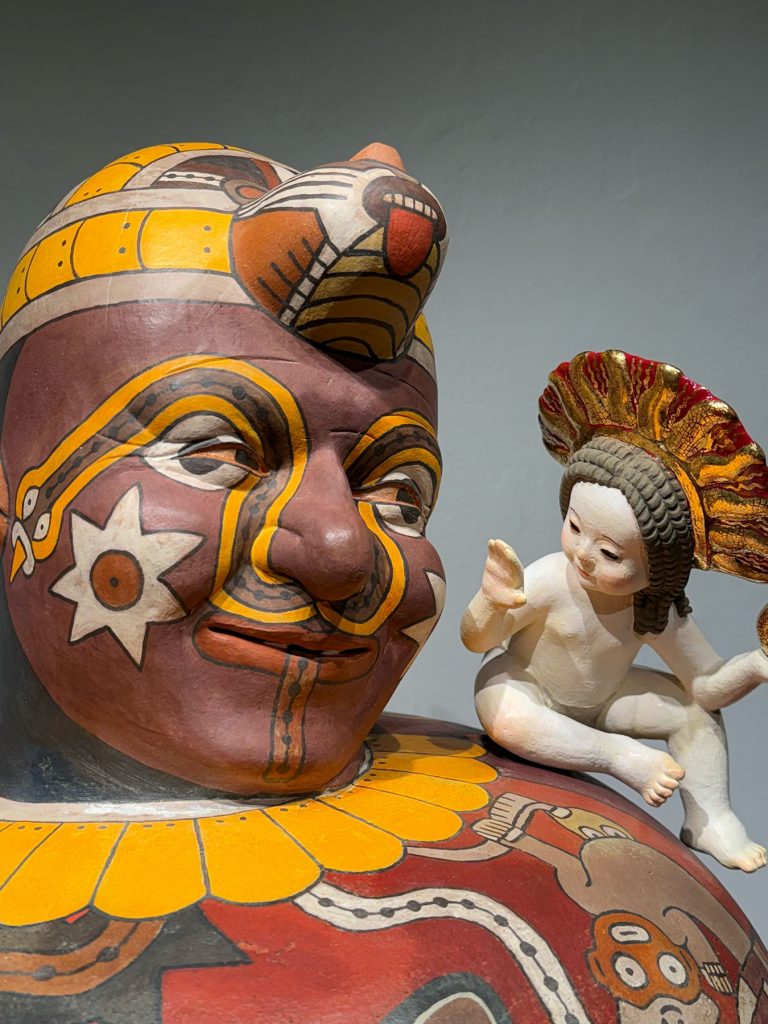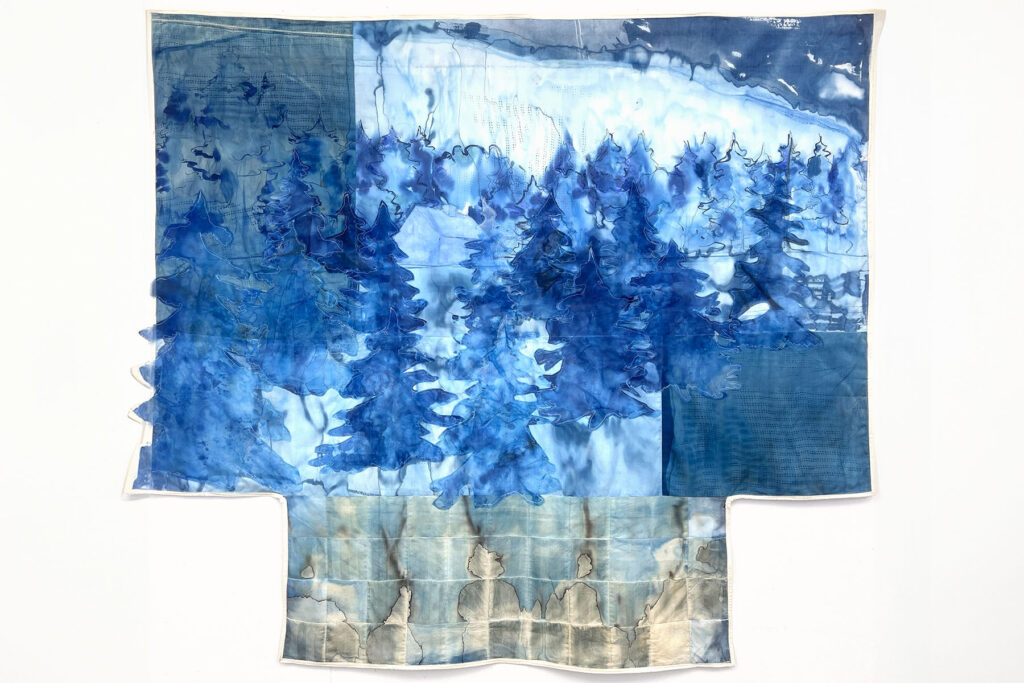By: Jamie Rager , Anna Prentiss

“Organ Exchange” (2011), by the De La Torre Brothers, on loan from the Rollins Museum of Art. (Museum of Fine Arts)
Florida State University’s Museum of Fine Arts will open two new exhibitions this month, focusing on Latin American Indigenous art and showcasing the work of FSU’s graduating Master of Fine Arts (MFA) studio art students.
“Conversaciones: Latin American Indigenous Art”
April 3 – Dec. 5, 2025

“Conversaciones: Latin American Indigenous Art” will open Thursday, April 3, highlighting contemporary Latin American art alongside rarely exhibited treasures from FSU’s collections and include Mayan textiles, ancient Andean ceramics, metalwork and other artifacts.
This exhibition is presented in partnership with FSU’s Native American and Indigenous Studies Center (NAIS) and co-curated by the museum’s director, Kaylee Spencer, as well as Michael Carrasco, professor of art history and associate dean for research in the College of Fine Arts.
“The NAIS Center and I are thrilled that MoFA has put this marvelous exhibit together,” said Andrew Frank, director of NAIS. “Indigenous artists are often excluded from discussions of modern art and discussed only in the past tense. This exhibit lets us see the living creativity of Latin American Indigenous artists past and, perhaps most notably, present.”
“Conversaciones” draws on FSU faculty expertise in ancient Latin American art history and archaeology and aims to spark dialogue about the meaning of the featured works across time.
“We’re excited to bring rarely exhibited works from FSU’s collections into dialogue with powerful pieces by contemporary artists,” Spencer and Carrasco said in a joint statement. “‘Conversaciones’ offers a space for reflection on how Indigenous traditions endure, adapt and innovate — challenging us to rethink the boundaries between past and present, resilience and reinvention.”
“‘Conversaciones’ offers a space for reflection on how Indigenous traditions endure, adapt and innovate challenging us to rethink the boundaries between past and present, resilience and reinvention.”
— Kaylee Spencer and Michael Carrasco, co-curators of the exhibition.
“Origins & Afterlives”
April 11 – May 3, 2025
“Origins & Afterlives” showcases works from the 2025 graduating class of FSU’s Studio Art MFA Program. Featuring painting, sculpture, installation and digital media, this exhibition explores themes of memory, bodies, environments and identity.
“This exhibition marks the culmination of three years of hard work for our graduating MFA students,” said Jeff Beekman, chair of the Department of Art. “We are so excited for them to share their work with the community and hope the public will join us in enjoying the show and in celebrating their incredible growth and achievements.”
The museum will host an opening reception for both exhibitions at 6 p.m. Friday, April 11.
Attendance for the reception and admission to these exhibitions is free and open to the public. For more information, visit mofa.fsu.edu





